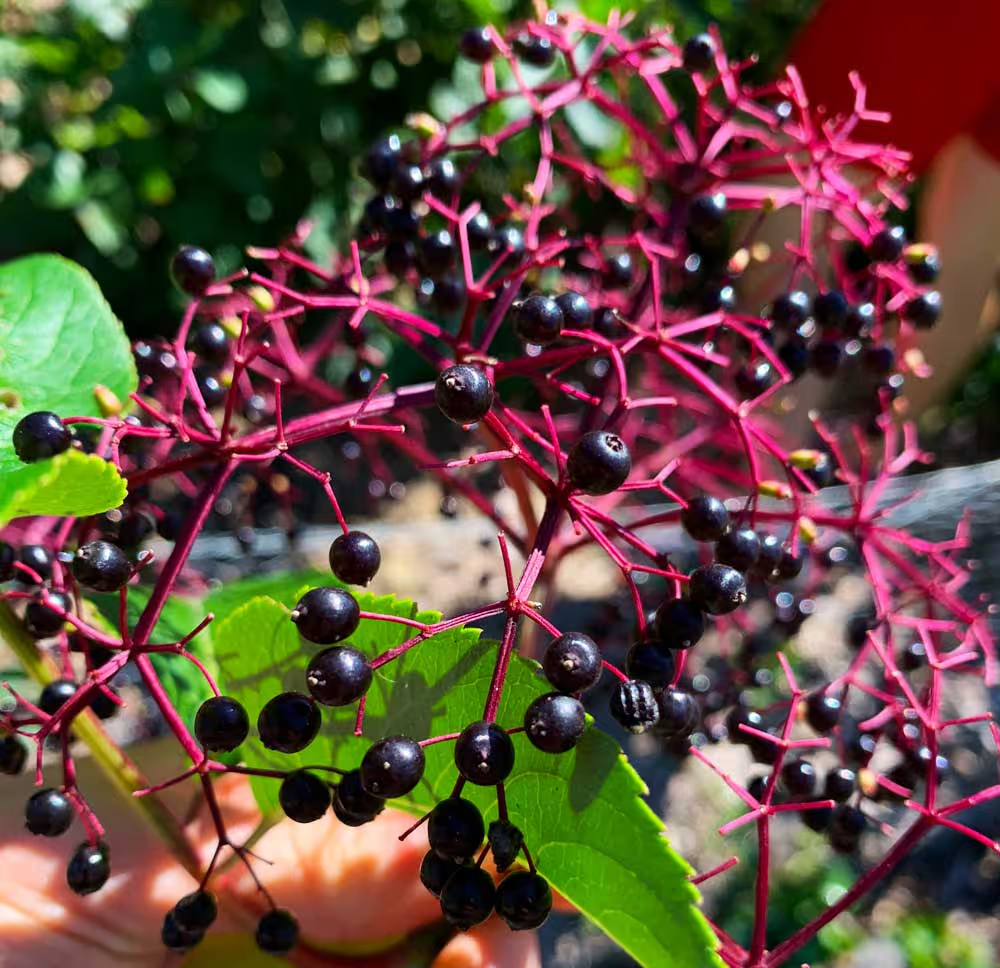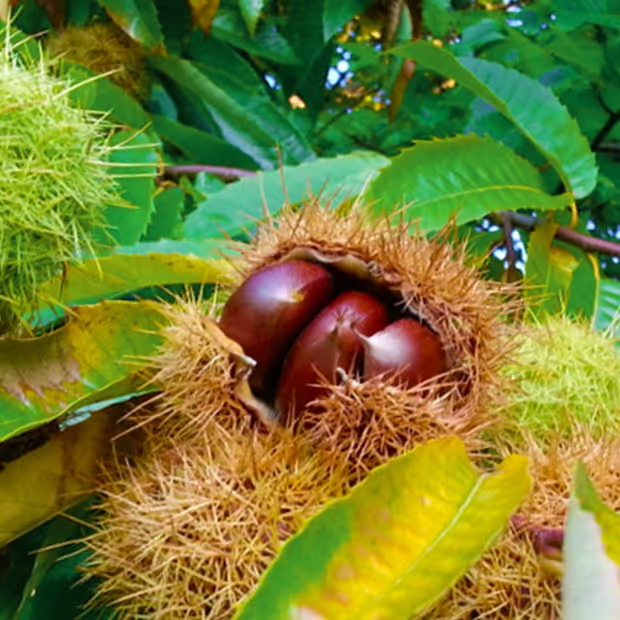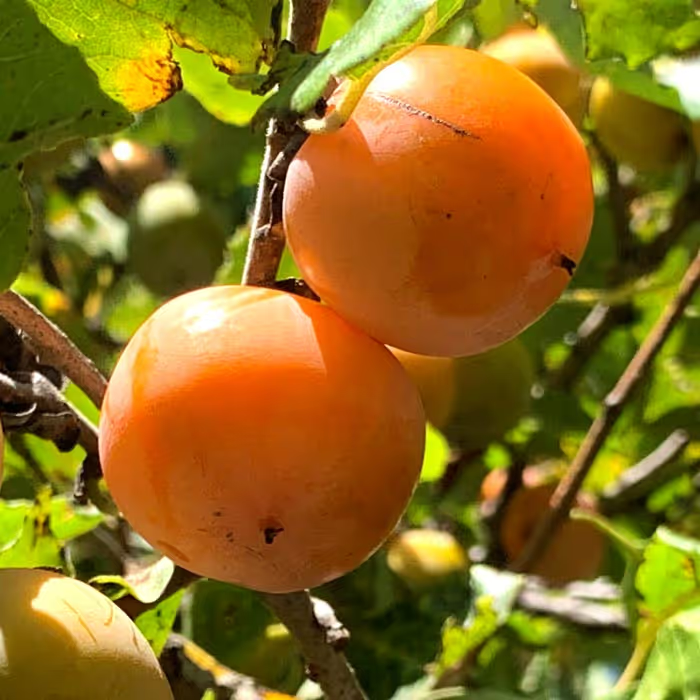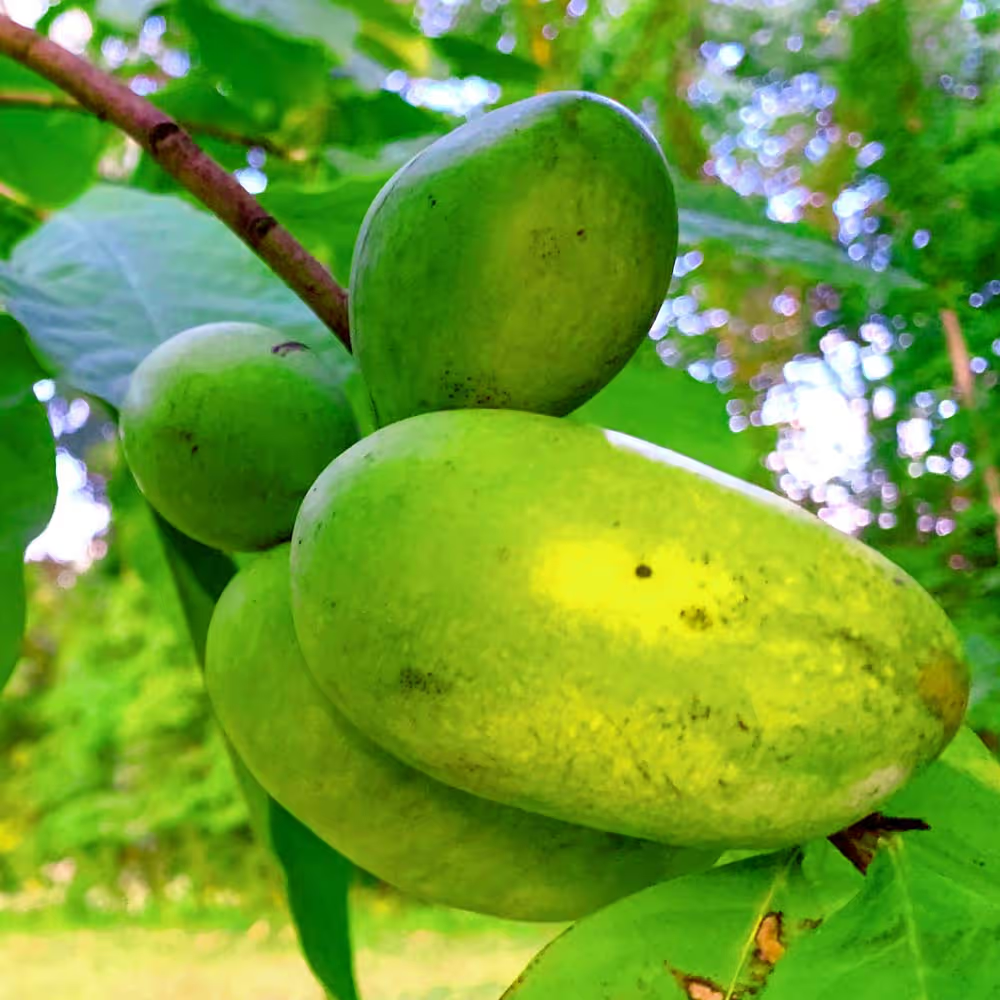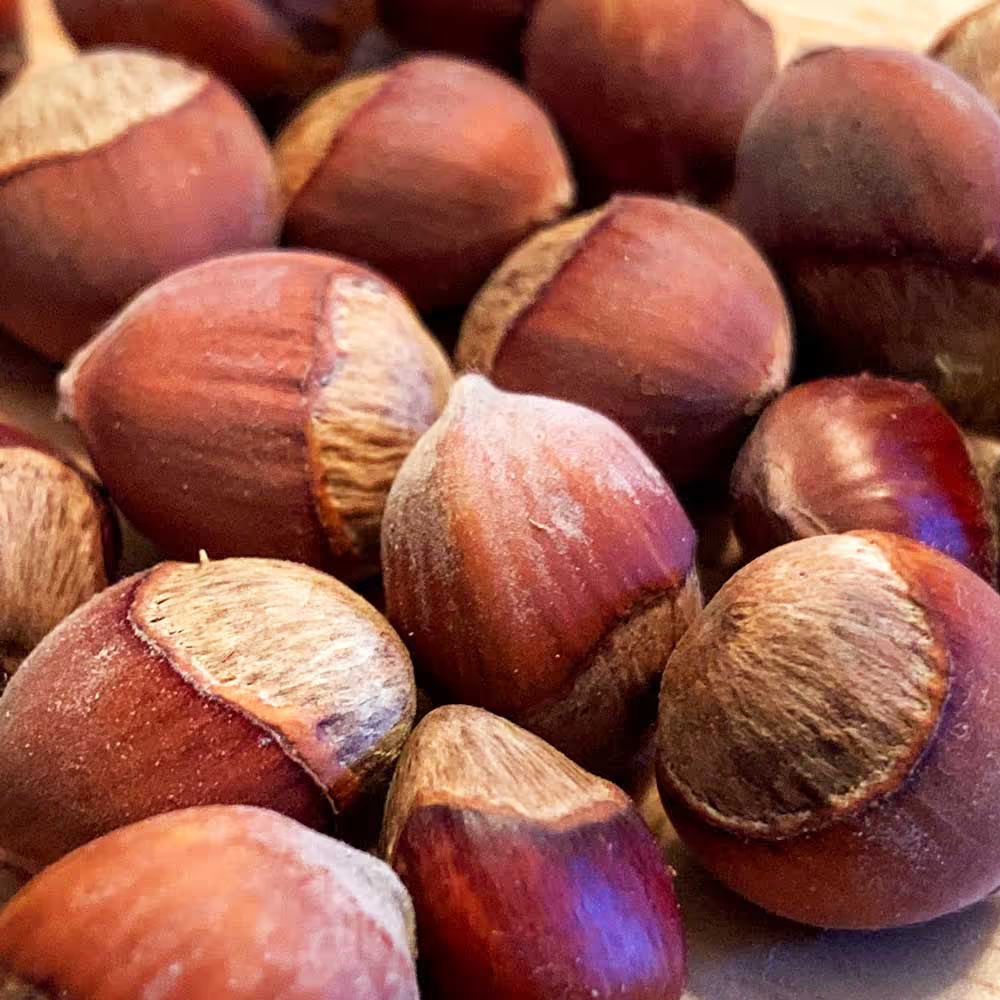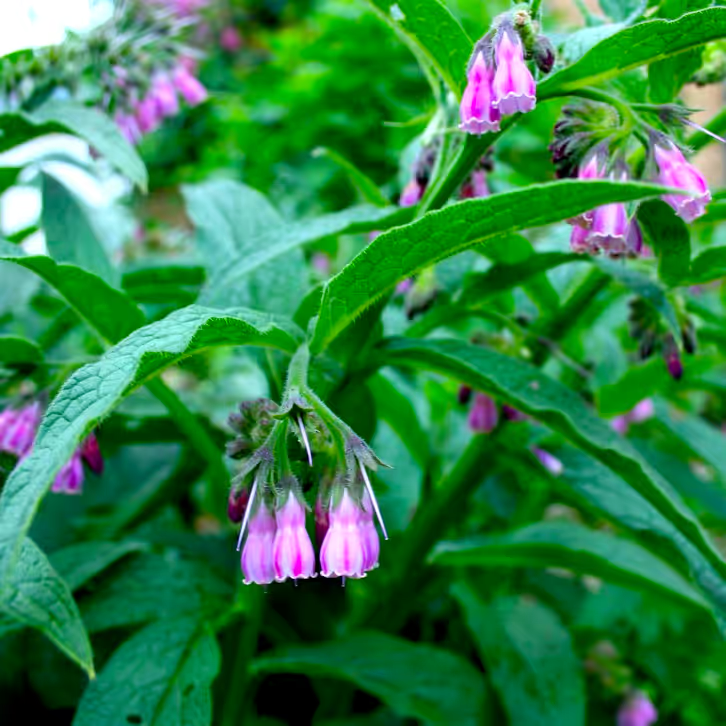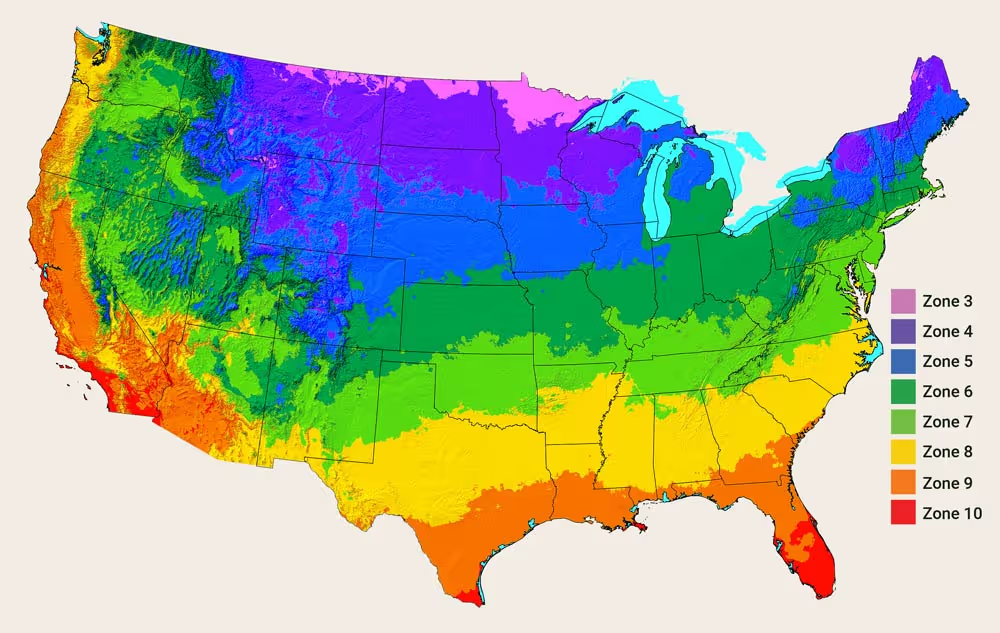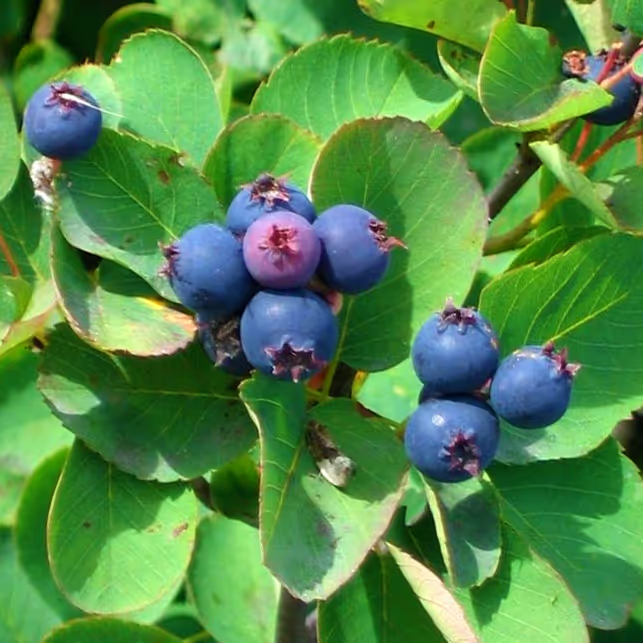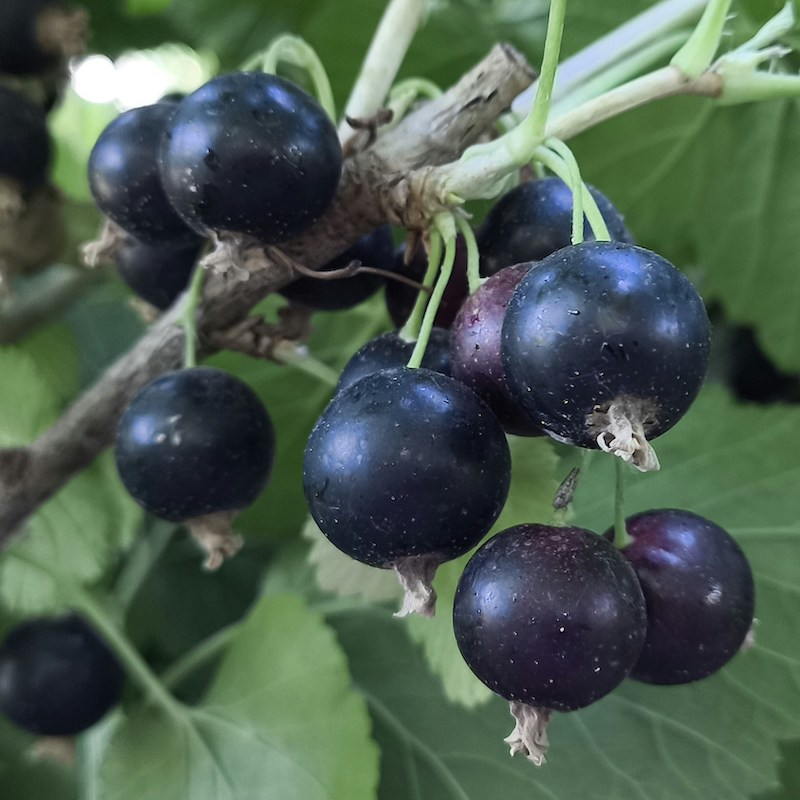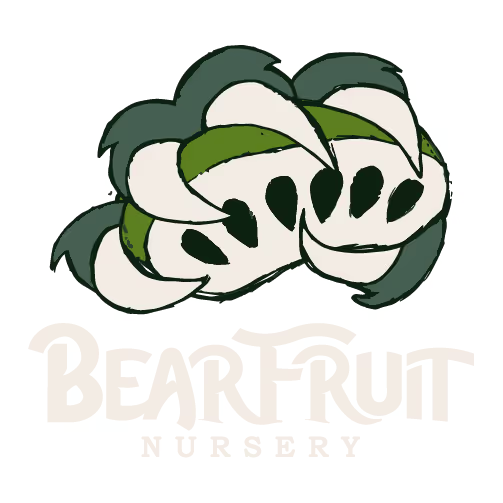Why Plant American Elderberries?
The Original Immune Booster
Long before elderberry syrup was trending on Instagram wellness pages, the American Elderberry (Sambucus canadensis) was growing wild across fields, fence rows, and homesteads of North America. Native Americans and early settlers used elderberries for food, dye, and medicine, and even the good modern scientists have come on board to confirm what many generations already knew: these little purple powerhouses are packed with nutrients and antioxidants.
As a plant, the American Elderberry is versatile, tough, and productive — a fast-growing shrub that can handle a variety of soils while cranking out clusters of fragrant flowers in spring and shiny purple-black berries by late summer.
What Do American Elderberries Taste Like?
Let’s clear this up: elderberries are not a grab-and-snack fruit. Many people consider them to be toxic when eaten fresh off the bush. They shine in recipes once cooked, sweetened, or fermented. Elderberries make incredible jams, jellies, pies, syrups, wines, and ciders. They’ve even been called the “country grape” because of their usefulness in winemaking.
Why Plant Our Bare Root American Elderberry Shrubs & Cuttings?
At BearFruit Nursery, we believe elderberries should be strong, healthy, and ready to thrive in your soil. That’s why we grow our shrubs outside in native soil enriched with compost, leaves, and wood chips, not in plastic pots. This method develops robust root systems, avoids circling roots, and ensures easier transplanting.
We ship plants bare root and dormant, which means they might look unimpressive (think: sticks with roots) but trust us — this is the healthiest way to get your shrubs off to a strong start. Elderberries are likely to fruit in the first year if planted good conditions. Our cuttings are taken from vigorous, productive elderberry plants that have been thriving for years, so you’re planting proven genetics, not guesswork.

